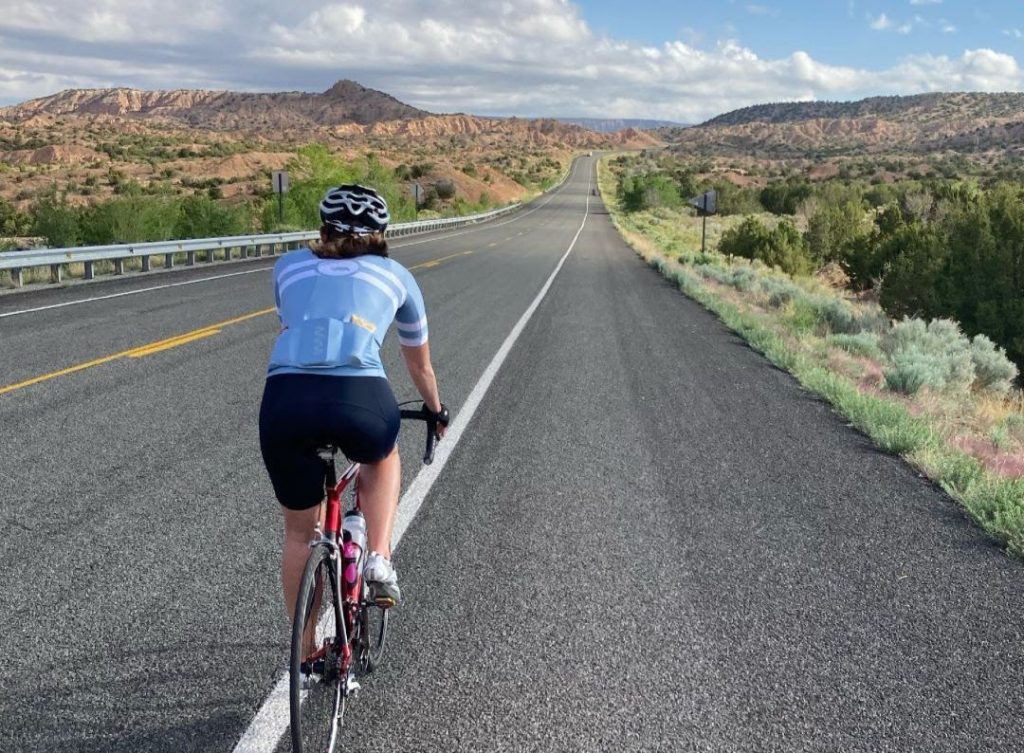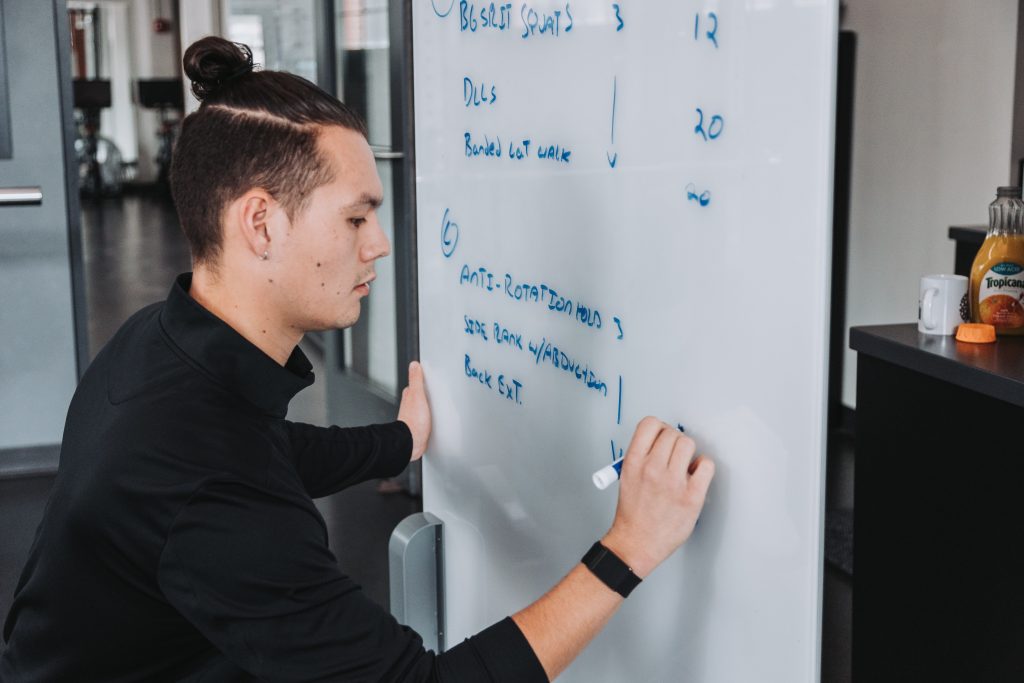What if I told you that you could become a better athlete without breaking a sweat by just thinking about working out?
It isn’t news that the mind equals or even surpasses the role of the body in sports performance. We all know the importance of keeping a positive mindset during training and races. Negative emotions can sabotage all of the hard work we put in during months of training or even the training itself.
We can push the power of the mind way further than just “keep positive.”
Ask most expert athletes, and they’ll swear by the power of visualization and imagery.
Here Alex Honnold talks about how imagery has helped him achieve the greatest solo climb ever accomplished to date, El Capitan, Yosemite, CA, in 3h56m. With no fear, no doubts, just the self-confidence and a flow state of mastery.
Michael Phelps shares how visualization has helped him through his career, from the “kid that couldn’t focus” to a multi-gold medalist and swim idol.
What are visualization and imagery, and how do they work?
Visualization is the act of “seeing” with your mind’s eye. Holistic imagery takes it a step forward by creating a multi-sensory experience that has an even more significant impact on neural circuitry and muscle development.
This is not just “new age hype.” There is a strong scientific basis on how and why visualization and imagery work. Scientists demonstrated that some regions of the brain get equally activated whether one is actually performing a movement or when only thinking about it.
In other words, when you are rehearsing a movement or skill in your mind, you are practicing it almost as much as in real life. When we regularly practice positive visualization and imagery, we are not only training our minds to have a success-centered mindset, we are also training our bodies to master movements and skills.
From sports performance to relationships, work, health, happiness, the benefits of visualization are many and can affect multiple facets of our lives. So, whether we are working on fast transitions for a triathlon race, our running stride, or our strength, every discipline and every skill can benefit from training the mind. But it isn’t enough to just think about our sport to perform at our best. Imagery is just like any other training component: practice makes perfect.
How Do We Start?
1 – Relax and Focus: Take a few minutes to breathe and create an intent for what you are trying to achieve. Warming up is as important for the mind as it is for the body.
2 – Create the Stage: The more realistic the imagery is, the more effective. Recreate the scene of the real-life environment as background for your visualization. From the venue to the people, sounds, and smells, the more details, the better.
3 – Script Your Movie: Adapt and evolve your script as your skills and strengths improve in real life. Train your weaknesses. Highlight your strengths. Focus on aspects or movements that are relevant to your training phase. Direct your movie to play every possible issue that could arise and see yourself pushing past and still end with a positive outcome.
4 – Add Your Emotions: Feel the pre-race excitement, the adrenalin rush of a fast corner, the satisfaction and exhaustion at the end of the interval, or the happiness at the finish line.
Avoid negative emotions. If they creep in, find the strength to push past them or stop and restart from the beginning.
Keep in Mind:
1 – Practice Often: Set aside the time to do it, just like you do with your workouts.
2 – Start Slowly: In the same way physical training is incremental, so is mental training. Begin with just a few minutes and build up as you get more comfortable.
3 – Use Different Perspectives: Depending on what you are trying to achieve shift your perspective to match. A first-person perspective might be ideal if you are working on handling your nerves or learning a skill. A third-person perspective might come in handy when working on body position, and to gain confidence seeing yourself from a spectator or a competitor’s perspective can have its perks.
4 – Play With Time: Real-time makes the imagery real, but slow-motion can help master a particularly complex skill.
5 – Keep it Real: Visualize details relevant to the task at hand and keep the level of expertise appropriate to your skill level.
Happy training!
About the Author:
Anna Ceruti is a lifelong athlete with a passion for the mountains and helping to facilitate each of her athletes to define and pursue their goals by providing the tools and knowledge necessary for self-actualization, confidence, and success at any level. Anna is a certified Nordic Ski Instructor and Coach and nutritionist. She teaches Cross Country Skiing, leads clinics, trains skiers, triathletes, endurance athletes, and is Nordic Coach for the Mammoth Nordic Racing Team. To schedule a free call with Coach Anna, click HERE,




